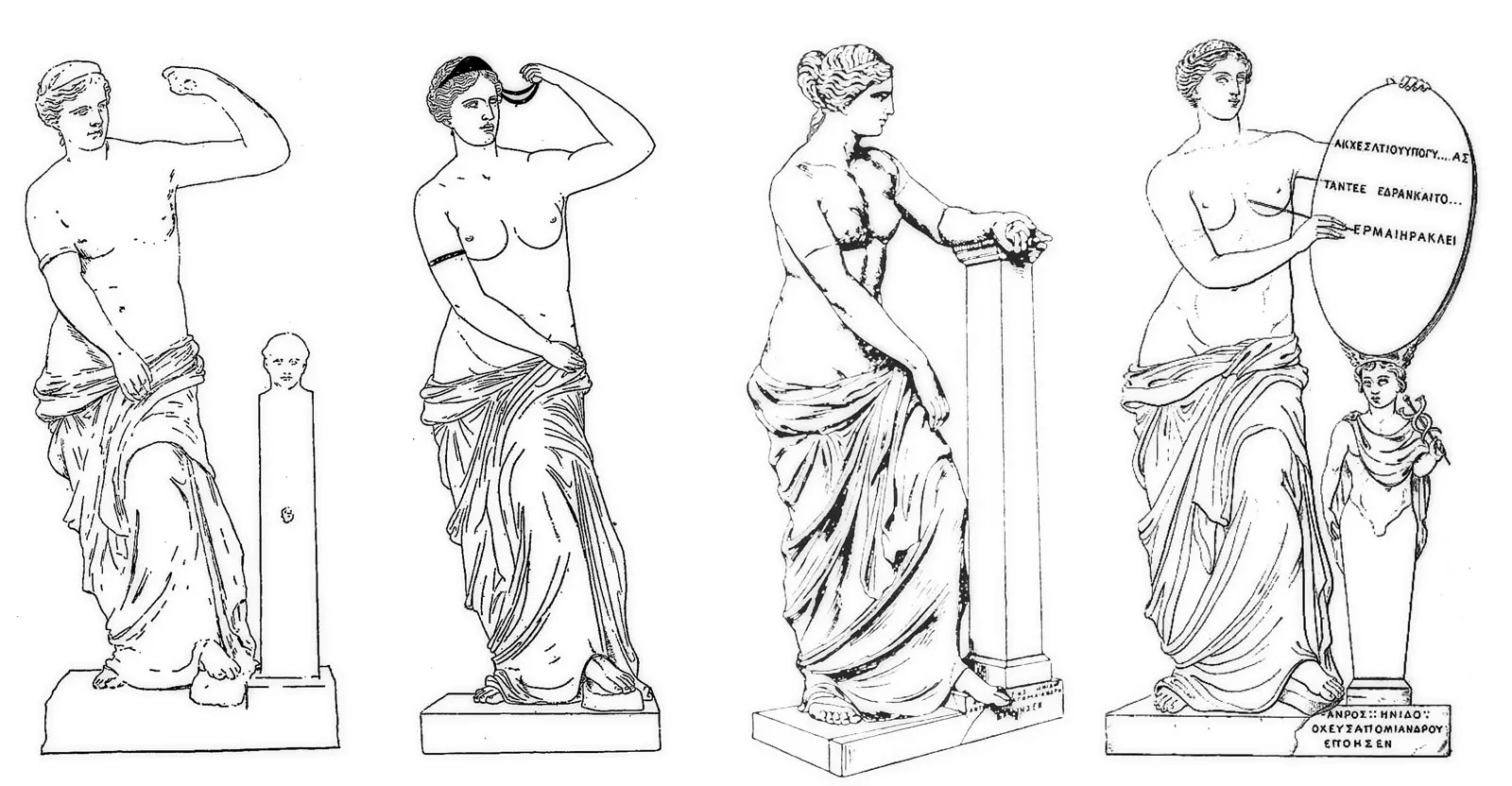The Venus de Milo is a stunningly beautiful and enigmatic statue that has captured the imagination of art lovers, historians, and archaeologists for centuries. This ancient Greek masterpiece, which is believed to have been sculpted in the 2nd century BCE, is widely regarded as one of the greatest works of art from the ancient world. With its breathtaking grace and serene beauty, the Venus de Milo continues to captivate audiences to this day, and its legacy as one of the most iconic artworks in human history is secure.
The Mystery of Venus de Milo’s Origin
Despite its enduring popularity, the Venus de Milo remains shrouded in mystery. While the statue is widely accepted to be of ancient Greek origin, the exact details of its creation and early history are unclear. Some experts believe that the Venus de Milo may have been sculpted by the great Greek artist Praxiteles, while others attribute it to the less well-known sculptor Alexandros. Despite the lack of concrete evidence, however, there is little doubt that the Venus de Milo was created by a master sculptor of the ancient Greek world.
The Significance of Venus de Milo in Art History
The Venus de Milo is widely considered to be one of the most significant artworks of all time, and its impact on the world of art cannot be overstated. This stunning statue is considered to be one of the finest examples of Greek classical art, and its graceful, sensual form has become a touchstone for artists and art lovers throughout the centuries.
In addition to its artistic significance, the Venus de Milo is also important from an historical perspective. This ancient masterpiece offers a glimpse into the world of the ancient Greeks, and it provides a window into their aesthetic ideals and cultural values. Whether one is a scholar of art history or simply a lover of beautiful things, the Venus de Milo is a work that is sure to inspire and captivate.

The Preservation of Venus de Milo
The Venus de Milo is not just a beautiful work of art, but also a valuable cultural artifact. Over the centuries, the statue has been carefully preserved and protected, ensuring that it will continue to be enjoyed by generations to come. The Venus de Milo is now housed in the Louvre Museum in Paris, where it is one of the most popular exhibits and a major draw for tourists from all over the world.
Frequently Asked Questions
Where is the Venus de Milo located today?
The Venus de Milo is currently housed in the Louvre Museum in Paris, France.
Who is believed to have created the Venus de Milo?
While the exact identity of the sculptor of the Venus de Milo is not known, some experts believe that it may have been created by the Greek artist Praxiteles, while others attribute it to the less well-known sculptor Alexandros.
How old is the Venus de Milo?
The Venus de Milo is believed to have been sculpted in the 2nd century BCE.
What makes the Venus de Milo such an important work of art?
The Venus de Milo is widely considered to be one of the greatest masterpieces of ancient Greek art, and it is considered to be one of the most significant artworks of all time. Its graceful, sensual form has inspired countless artists throughout the centuries, and it provides a valuable window into the cultural and aesthetic ideals of the ancient Greeks.
Is the Venus de Milo the only surviving work of its kind?
No, the Venus de Milo is not the only surviving work of its kind. There are many other ancient Greek sculptures that depict the female form in a similar style, and many of these works are also considered to be masterpieces of ancient art.
Conclusion
The Venus de Milo is a timeless work of art that continues to captivate audiences to this day. With its breathtaking beauty, graceful form, and enigmatic history, this ancient Greek masterpiece remains one of the most iconic works of art in human history. Whether you are an art historian, a lover of beautiful things, or simply someone who is interested in the ancient world, the Venus de Milo is a work that is well worth exploring. So why not plan a visit to the Louvre Museum in Paris, and see this stunning statue for yourself? You won’t be disappointed!























